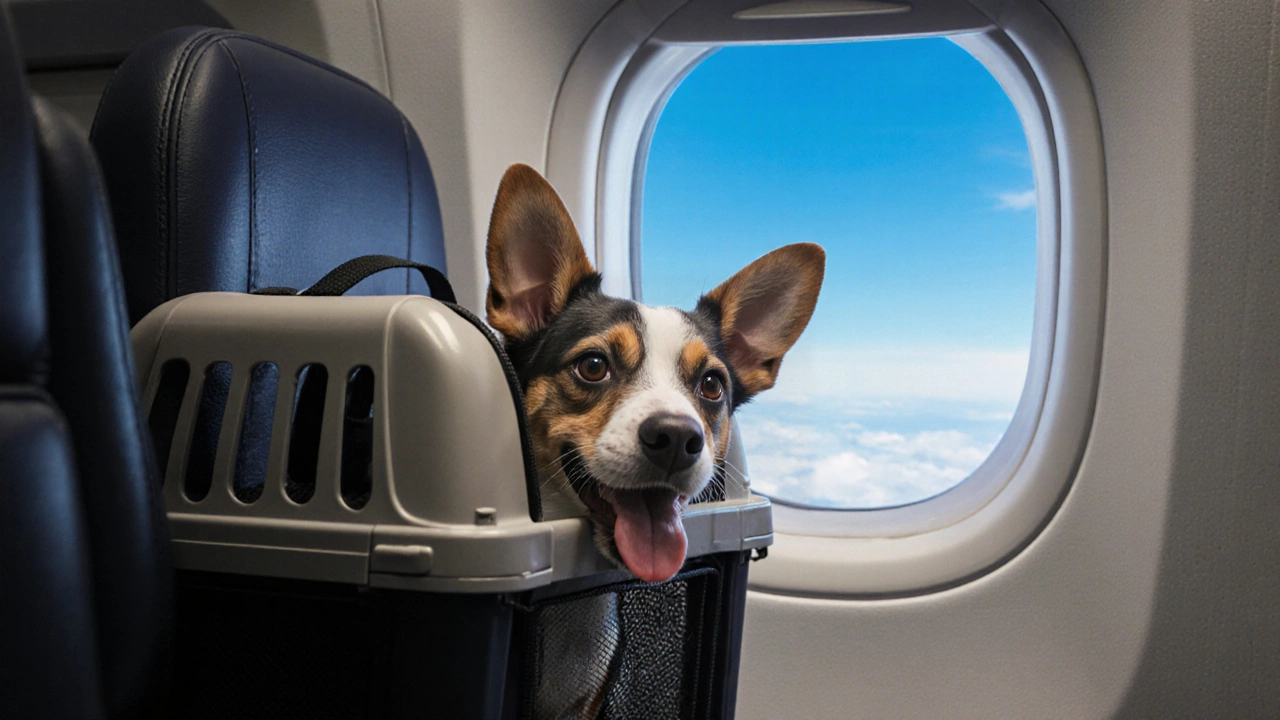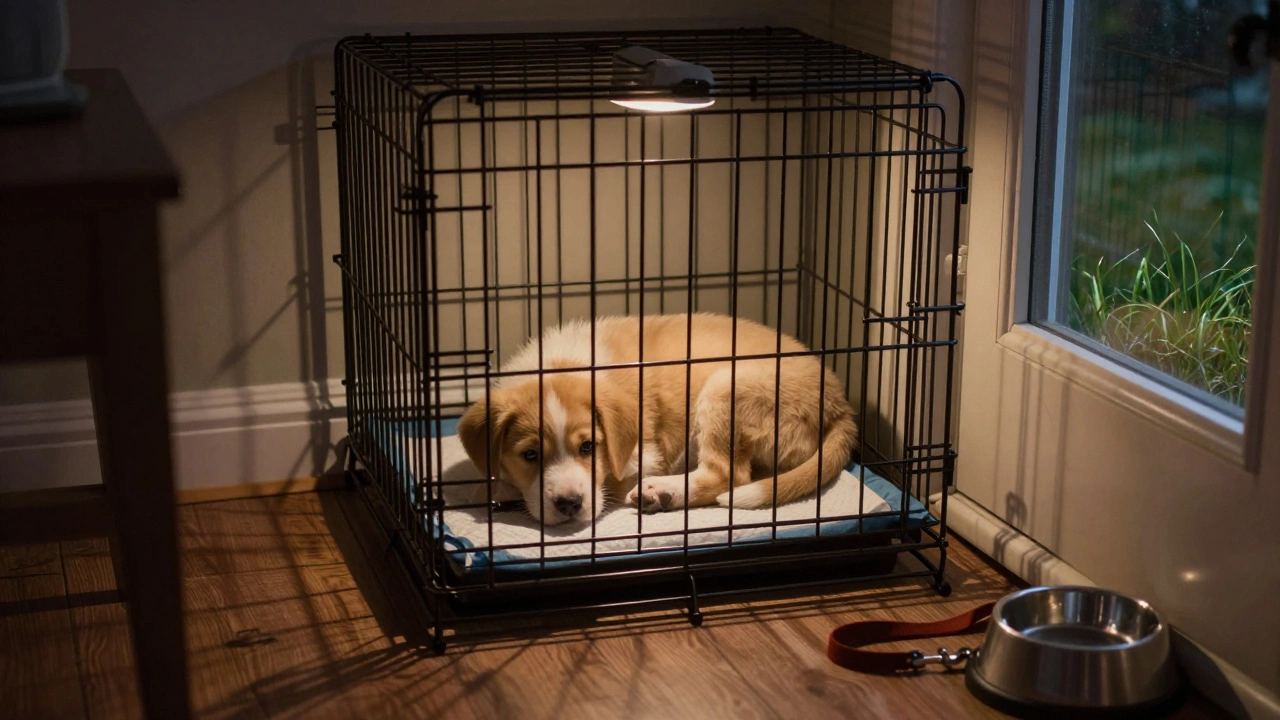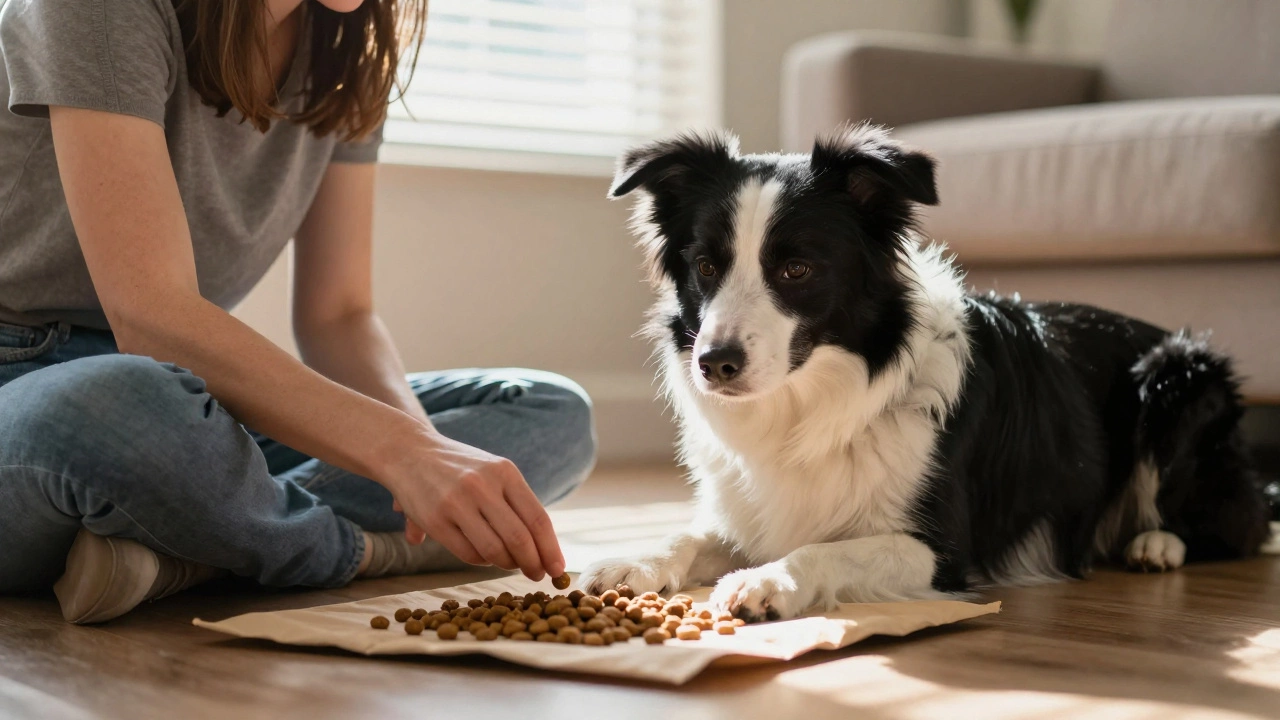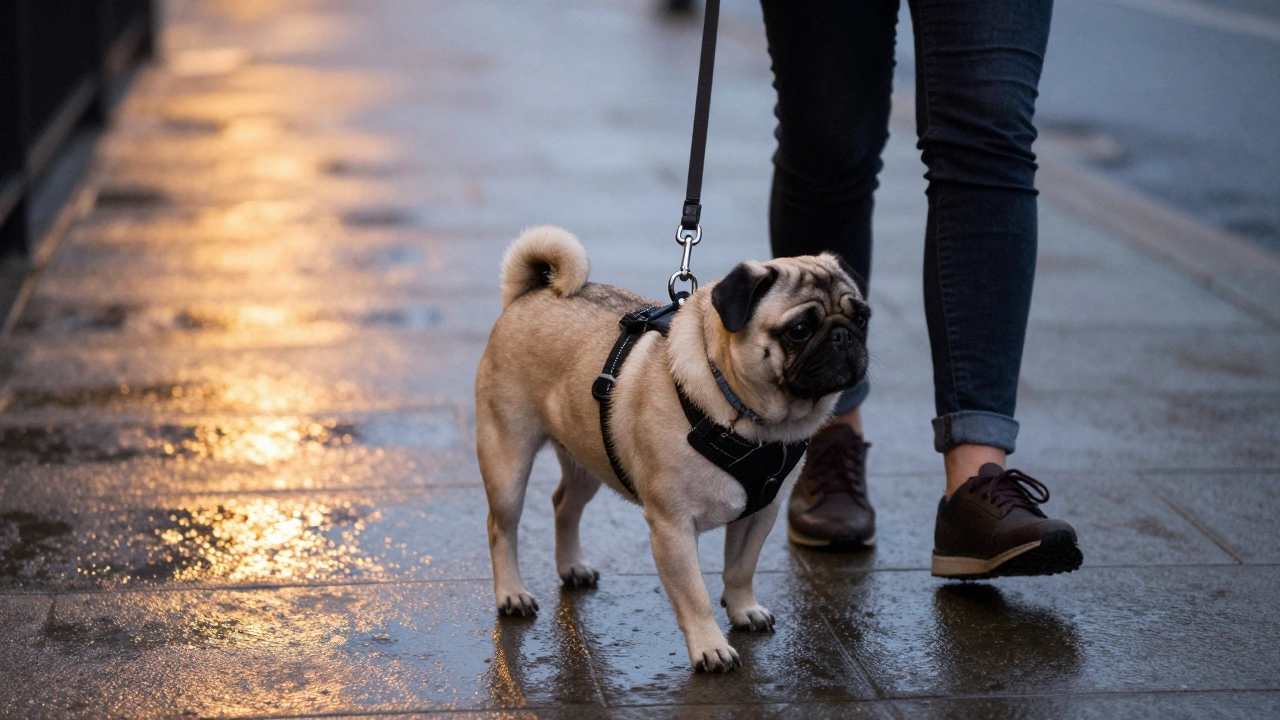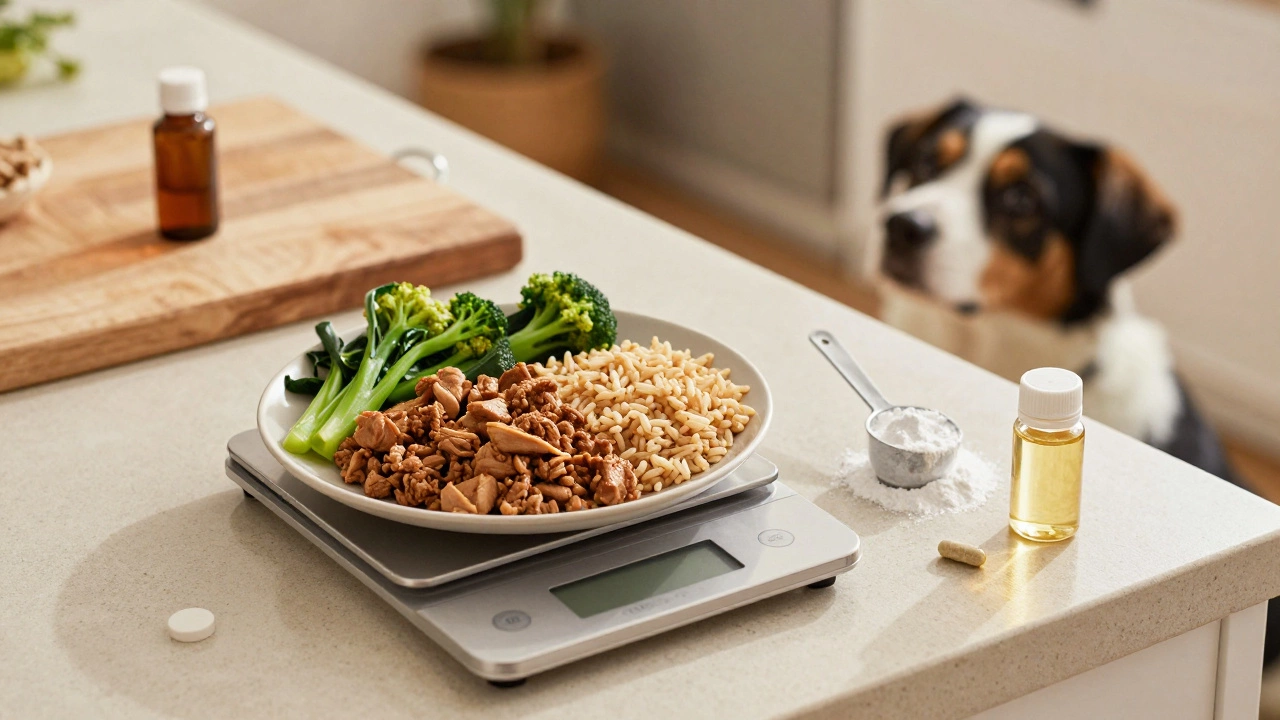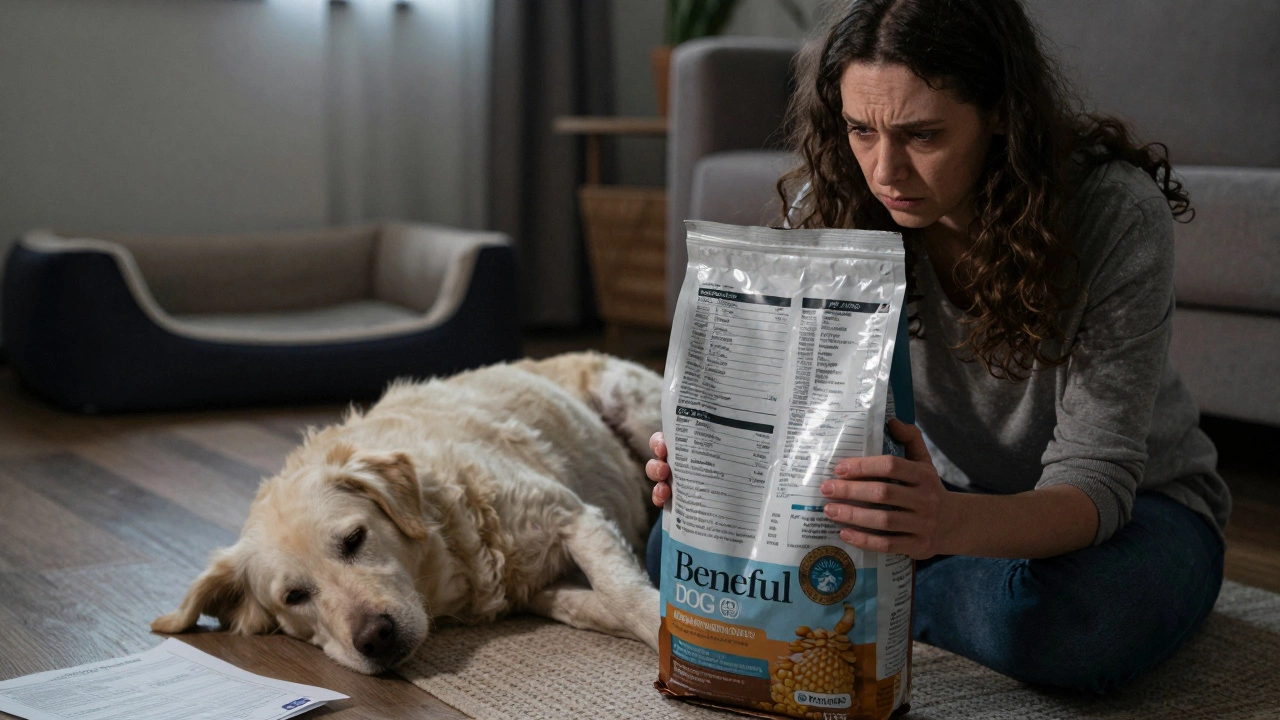Dog Flight Safety: How to Keep Your Pup Safe in the Air
When it comes to dog flight safety, the practice of preparing and protecting a dog during air travel. Also known as pet air travel safety, it involves a mix of health checks, proper equipment, and airline compliance. Think of it as a checklist that turns a nervous wag into a calm companion at 30,000 feet. Dog flight safety isn’t just a buzzword – it’s a set of actions that directly affect a dog’s comfort, health, and survival during a flight. The first semantic triple to keep in mind is: dog flight safety includes using a dog calming aid. The second is: dog flight safety requires following airline pet policies. And the third: dog flight safety is influenced by the overall dog travel cost. By treating each piece as a building block, you’ll avoid the common panic that hits many pet parents when the boarding gate opens.
Key Factors for a Stress‑Free Flight
One of the most effective tools for a relaxed pup is a dog calming aid, a vet‑approved supplement or product designed to reduce anxiety during travel. Options range from natural herbs like valerian to prescription medications, but the rule of thumb is to start the regimen at least a week before you travel and to trial it at home first. Next up is the airline pet policy, the set of rules each airline enforces for in‑cabin and cargo pet transport. Every carrier has its own weight limits, crate dimensions, and paperwork requirements, so a quick download of the airline’s pet guide can save you from surprise fees or denied boarding. Speaking of fees, the dog travel cost, the total amount you’ll pay for a dog’s flight, including tickets, crate fees, and any extra services can vary dramatically between budget and full‑service airlines. Budget airlines may charge a flat fee, while premium carriers add charges for larger crates or special handling. Knowing the cost upfront helps you budget for extra comforts like a plush travel blanket or a pre‑flight vet visit.
Finally, the dog crate, the airline‑approved carrier that houses a dog safely during a flight is the physical core of any flight plan. The crate must meet IATA standards, fit under the seat for cabin travel, and be sturdy enough to withstand cargo handling if you’re flying as checked baggage. A good tip is to let your dog spend a night in the crate before the trip; this familiarity reduces the shock of confinement at the airport. Pair the crate with a breathable liner, a familiar toy, and a layer of your shirt to keep scent comfort close. When you combine a calming aid, follow the airline’s pet policy, manage the travel cost, and pick the right crate, you’ve built a solid safety net for your furry friend.
Below you’ll find a curated list of articles that dive deeper into each of these elements. From step‑by‑step guides on booking a seat for your dog to reviews of the best calming supplements, the collection covers everything you need to plan a smooth journey. Keep reading to discover practical tips, cost breakdowns, and real‑world experiences that will help you turn a daunting flight into a pleasant adventure for both you and your dog.
How Traumatic Is Air Travel for Dogs? Signs, Risks, and Practical Tips
Discover how stressful flying can be for dogs, learn to spot trauma signs, and get practical tips to keep your pet calm and safe during air travel.

